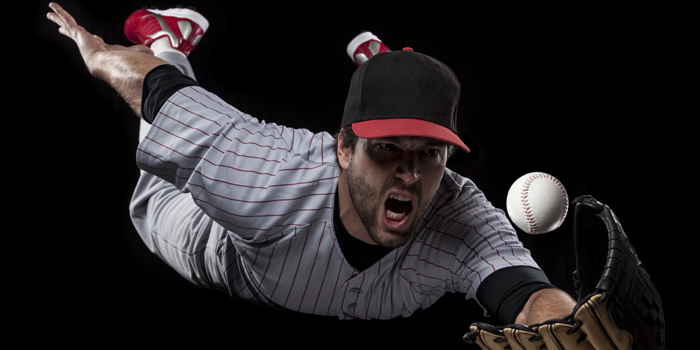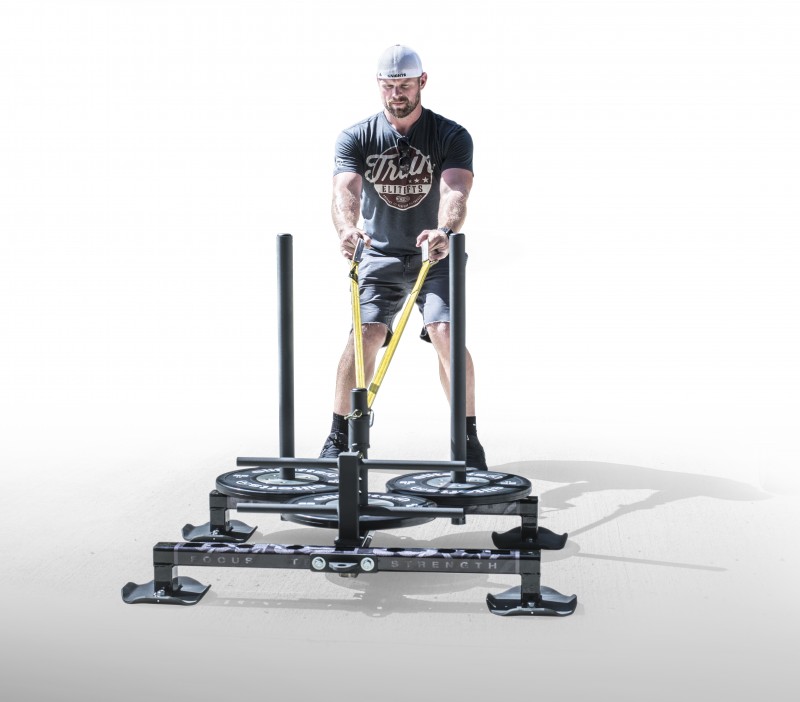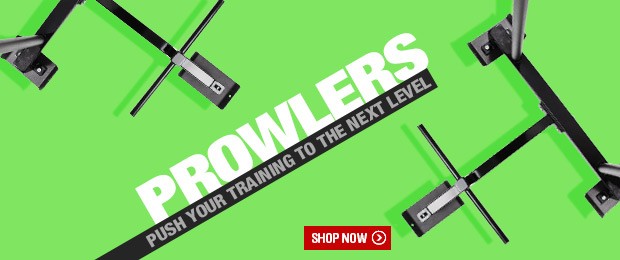
In-season training is one of the most misunderstood aspects of athlete development. Usually, there are two sides of the coin when it comes to the mishandling of how to go about continuing progress during the competitive season. The first group of athletes and coaches simply stop training altogether or are afraid to continue any type of intense training. The other group of athletes and coaches never take their foot off the gas and end up wearing themselves down, which ultimately can stunt development and progress, hurt in-game performance, or even lead to injury. Proper in-season training can go a long way in furthering development that was achieved during the off-season and preserving gains made over the course of the prior six months of training. It can also help prevent injuries and improve on-field performance. When it comes to in-season training, you can vastly improve the effectiveness of your programming by understanding three things:
- Submaximal Maintenance Training and Programming Flexibility
- Concentric-Only Exercises
- Using High Repetitions to Promote Recovery
Submaximal Training and Programming Flexibility
Before you begin to understand submaximal training, you must first grasp the basic fundamentals of programming flexibility. Essentially, you need to have a good feel for your body and be mindful of your in-season schedule in order to adapt your program to fit your needs. For example, you may find that weather may change your game schedule during a baseball season. You must have options of varying intensities in your programming so that you can properly adjust. If you are feeling good and have an easier week of games (for any reason), you can increase the intensity of your training so that you can still make some gains and further your development. Remember, just because you are in-season does not mean you cannot further improve on attributes you gained in the off-season.
RECENT: Baseball Players and Thoracic Rotation
With that being said, here is a quick breakdown of a method you can use to approach your loads and intensities while you are aiming to maintain, and then how you can have some flexibility in light of opportunities to up the intensity to off-season levels. I normally keep my athletes in the range of 70% to 90% of their one-rep max (1RM) while they are in-season. Essentially, the only time they will work towards 95% of their off-season 1RM is if they are only performing one-repetition sets. I feel that the 70% to 85% range for anywhere from two to five repetitions is a perfect place to maintain (and even gain) strength.
Once you have this in mind, it is easy to see how you can be flexible in adjusting your volume and load percentages. For example, let’s take a high school baseball player who is performing two “in-season,” training days per week. This athlete’s primary lower body movement is the squat, and he maxed out at 265 pounds at the end of the off-season. Let’s create a sample situation where the general program called for three repetition sets of 80% of his 1RM, but he had an easy week due to miscellaneous cancellations and scheduling complications. An adjustment to that set program would look as follows:
- Initial Programming Goal: 3x3 at 80%, or roughly 210 pounds (265 x .80)
- Adjusted Programming Goal: 3x3 at normal off-season range of 95%, or roughly 250 pounds (265 x .95)
You can see how easy it is to adjust your intensity to take advantage of lighter weeks you may get throughout the season! Take advantage of these opportunities and adjust!
Making The Most of a Prowler (Concentric-Only Exercises)
I will keep this short and sweet (I promise I will try, at least). Muscle fibers predominantly tear during eccentric portions of a range of motion. That is, the lowering of the weight where you are controlling a load or resistance is what promotes muscle fiber tears and hypertrophy. With that in mind, concentric-only (the part of the range of motion where you are moving into extension like the pressing in a bench press or upward movement in a squat) movements are a great way to preserve strength while limiting the eccentric stresses that can cause soreness. This is key when we are in the thick of a season and do not want to place extra stress on our muscles. In addition, concentric-only movements help us maintain much of the strength we built in the off-season.
In light of this, the Prowler is your best friend. Almost all activities done with a sled do not incorporate an eccentric load on the body. Sled pushes work your legs, but only through extension; sled rows do the same with the upper body. Just about any other variation can be thought of in order to preserve strength and limit muscular soreness.
Using High Repetitions to Promote Recovery
Lastly, I will generally make one of my suggested two days of in-season training days repetition-based. Higher repetition sets at lower intensities (think of a 15-rep set with a weight you could do for 30 reps) are great to promote blood flow and recovery for an in-season athlete who may very well need it. A great way to treat recovery-based repetition lifts is to perform them in a 65% to 75% intensity (within the window for aerobic recovery). In addition you can also treat the higher repetition-based lifts with the same mentality as your heavier day. It is okay push it just a bit if you are feeling great and have a lighter schedule that week.
Go ahead and use these tools to ensure that your in-season training is effective and even result-yielding as tool to send you into the next off-season with a head start on your competition!
6-Week Lower Body Accessory Lane Progressions
Gerry DeFilippo is the owner and founder of Challenger Strength in Wayne, NJ. He is also a strength coach for the USPHL New Jersey Hitmen, a strength and speed specialist, and a certified physical preparation specialist certified by Joe DeFranco and Jim Smith. He works with multi-level athletes in a variety of sports helping enhance on-field performance and injury preventions via strength, speed, and mobilization-based programming. Stop by one of his two locations in Wayne, New Jersey.










